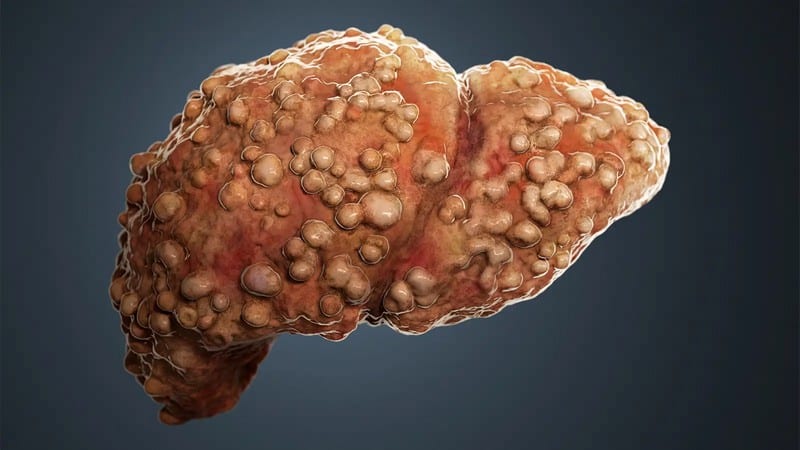Cirrhosis

Cirrhosis refers to liver fibrosis or its severe scarring. Often, it occurs at the late stages of NAFLD or non-alcoholic fatty liver disorder and other medical conditions that may involve the organ’s damage. While the scarring is usually not reversible, specific treatment options can help manage it. Beyond NAFLD, other causes of the condition are alcohol abuse, hepatitis, bile duct damage, and Wilson’s disease.
More often than not, symptoms of cirrhosis aren’t noticeable until it has progressed. The symptoms usually occur when liver scarring has limited or obstructed the organ’s ability to purify your blood, break toxins down, and generate clotting proteins. Cirrhosis may present symptoms like decreased appetite, fatigue, weight loss, mild abdominal pain, nausea, and swollen or enlarged veins. In severe cases, it may be accompanied by jaundice, confusion, bleeding or bruising easily, itchy skin, dark urine, ascites, and edema.
Treatment varies on the trigger and symptoms. Doctors may prescribe specific medications, such as nitrates and beta blockers. Antibiotics and other drugs may be recommended in cases where conditions like hepatitis are the cause. If alcohol consumption is the cause of cirrhosis, it’s best to quit drinking. If medically necessary, weight loss may also be suggested.










